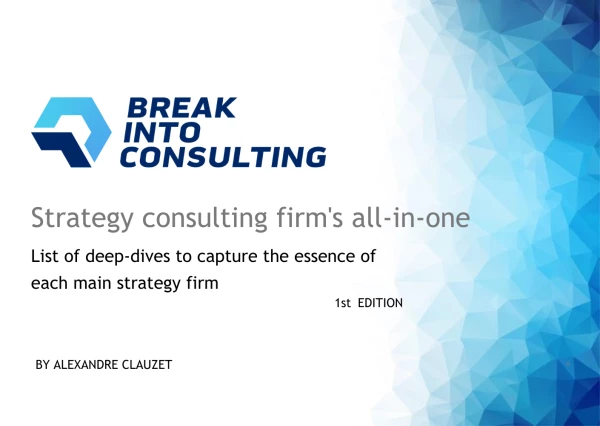Hi guys
I've been doing some market entry cases and noticed that most are 'new product' market entry questions, but there is the occasional 'new geography' market entry. I was wondering if the approach to answering these questions should be different? Or if the fundamentals of the analysis remain the same?
Thanks for all the support
















